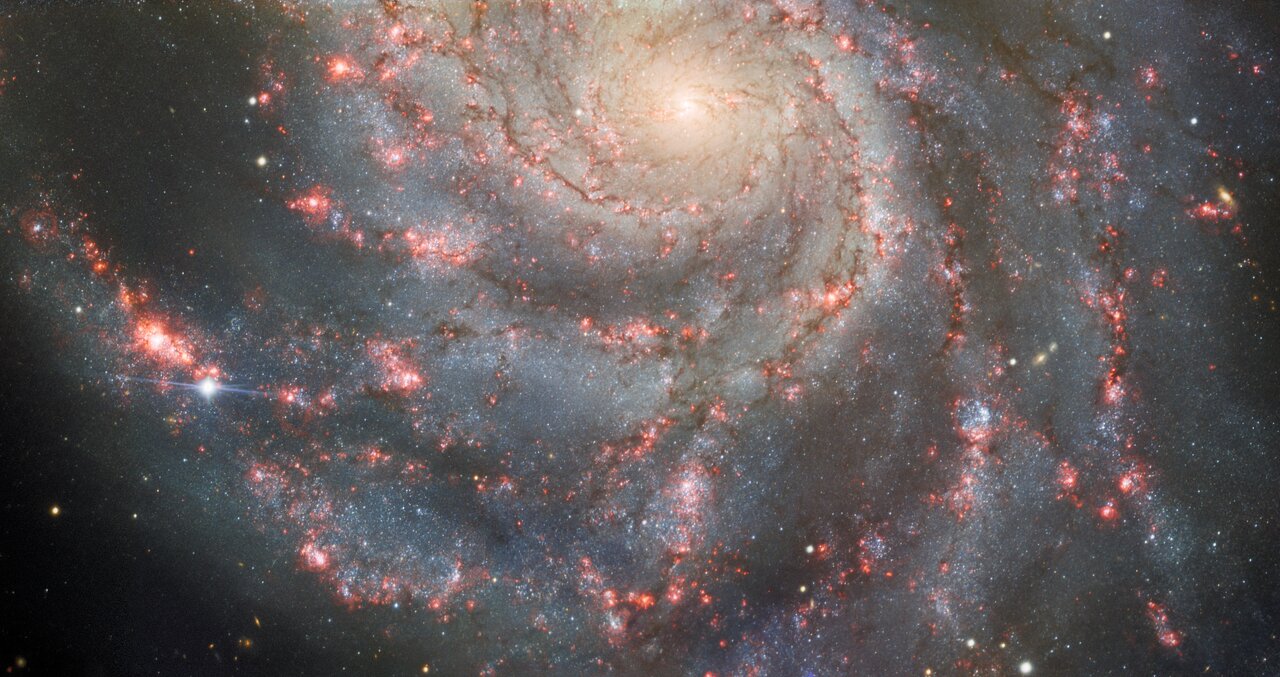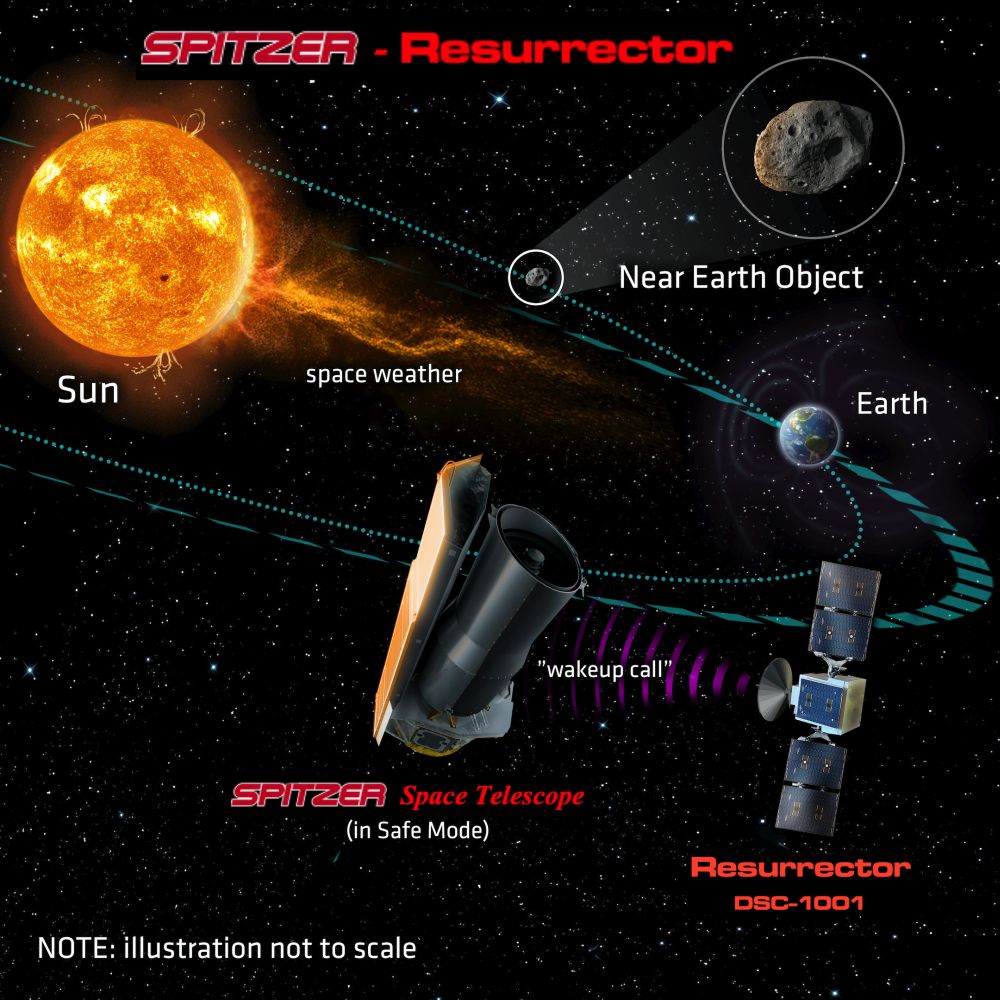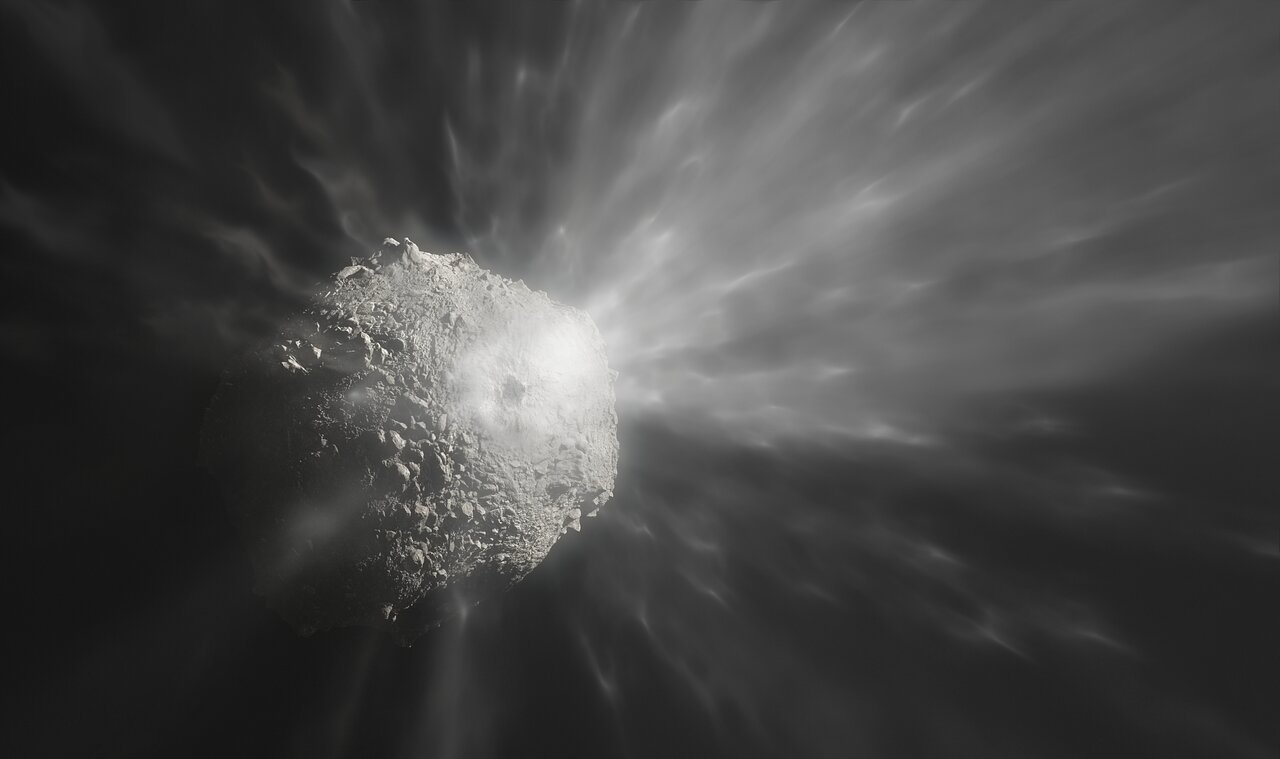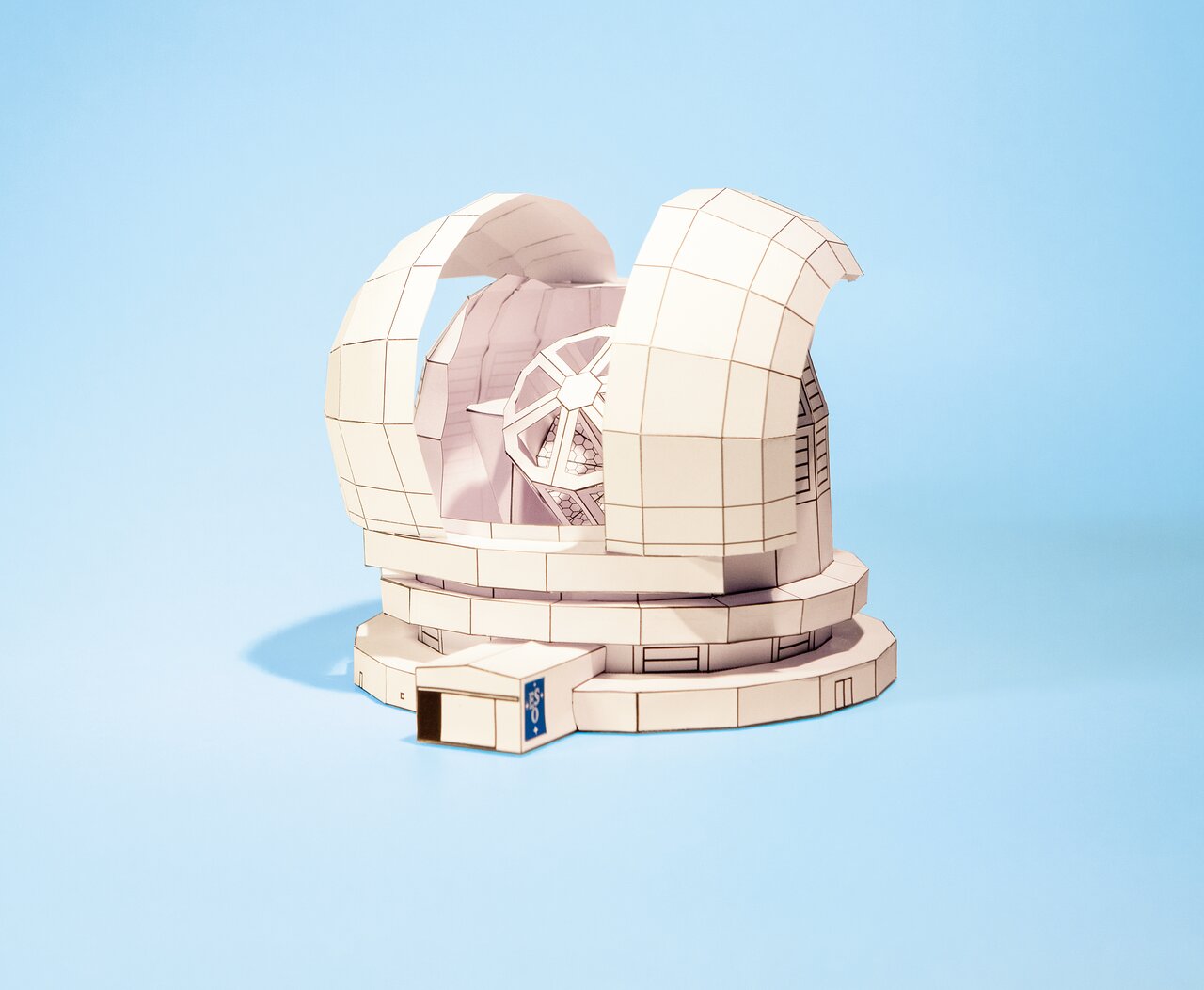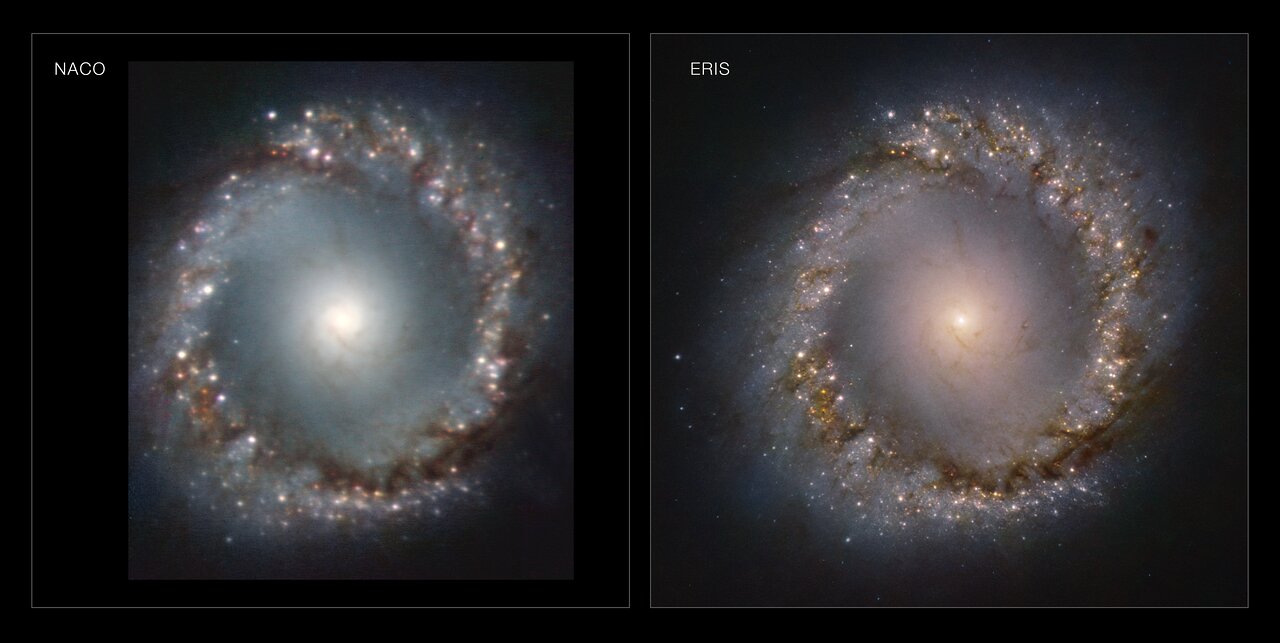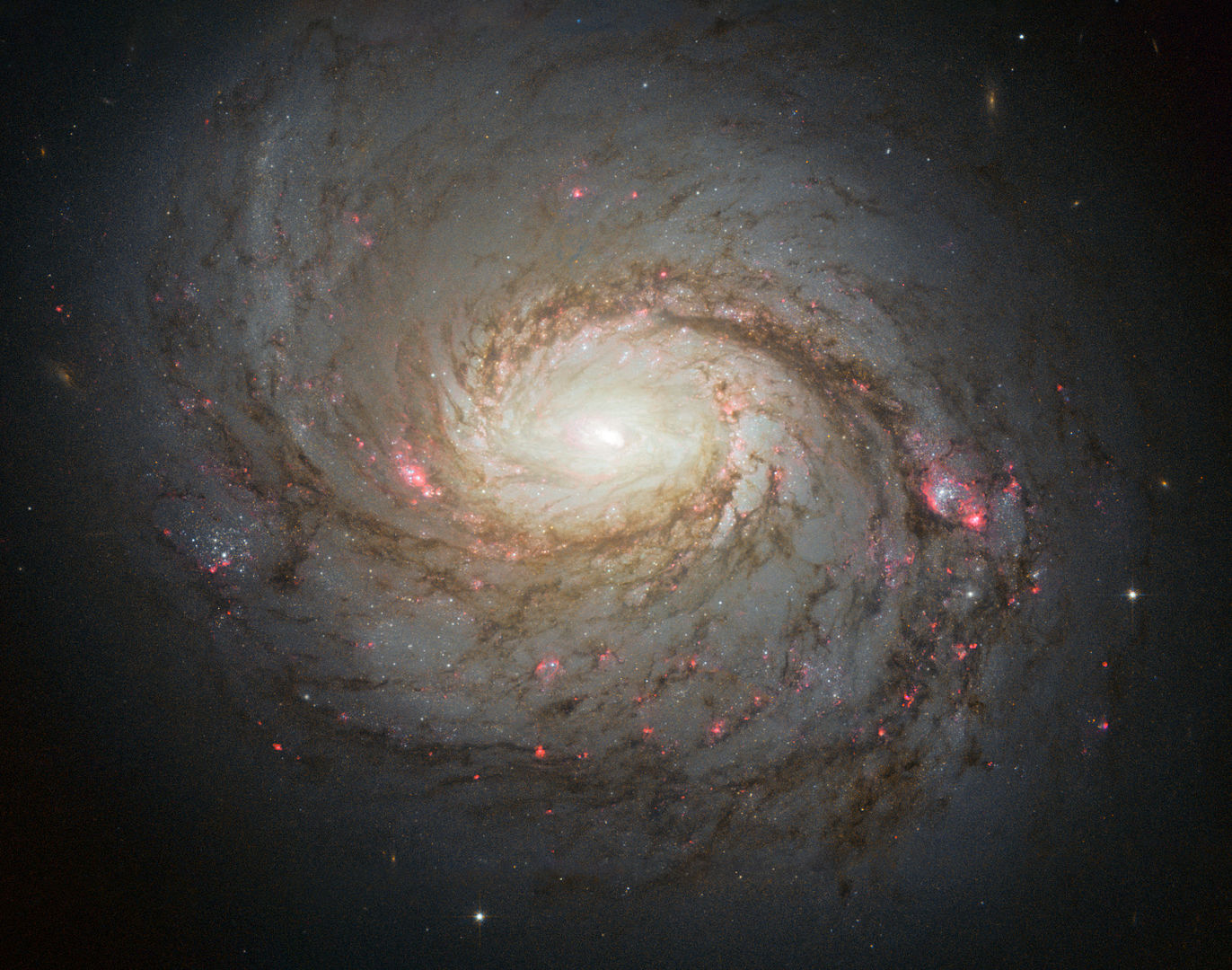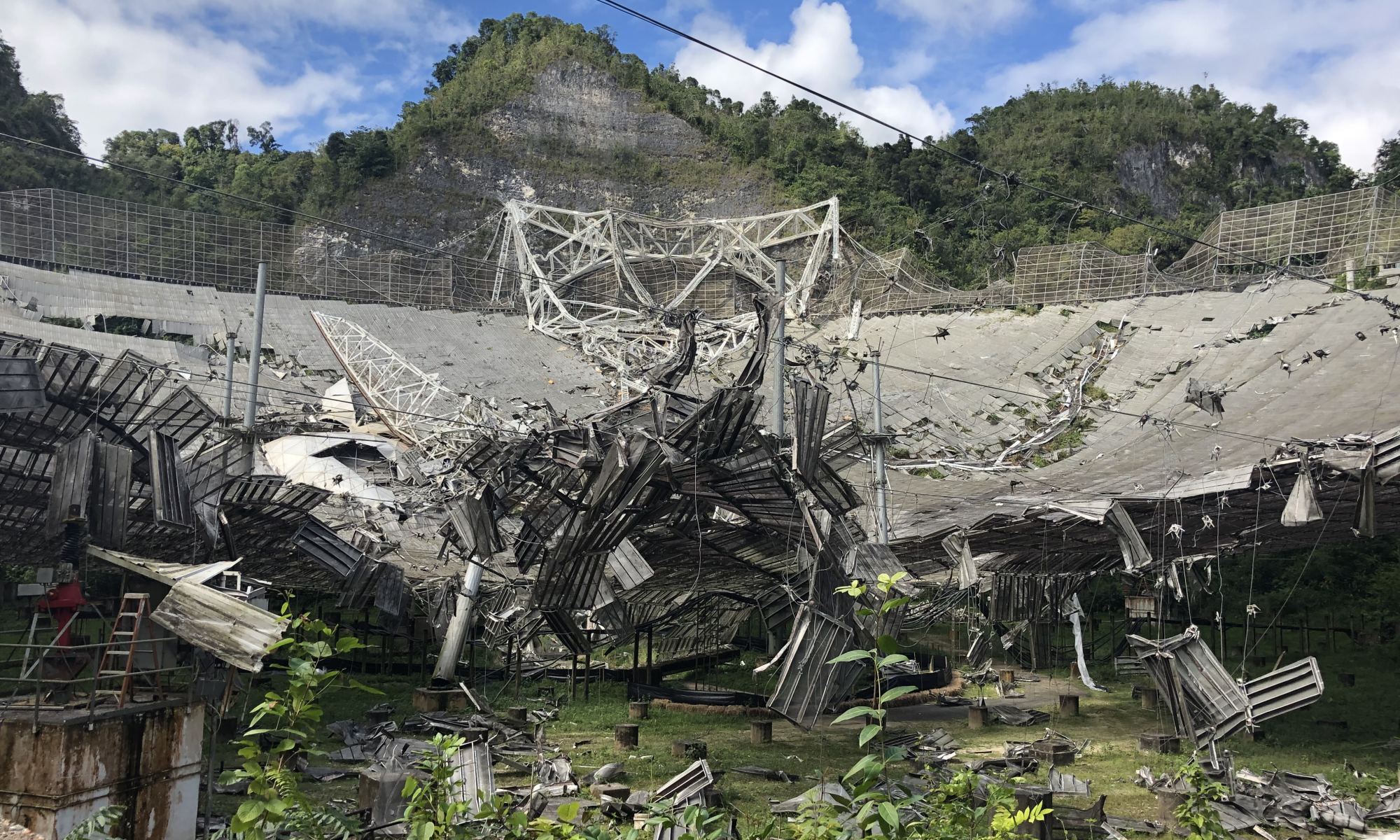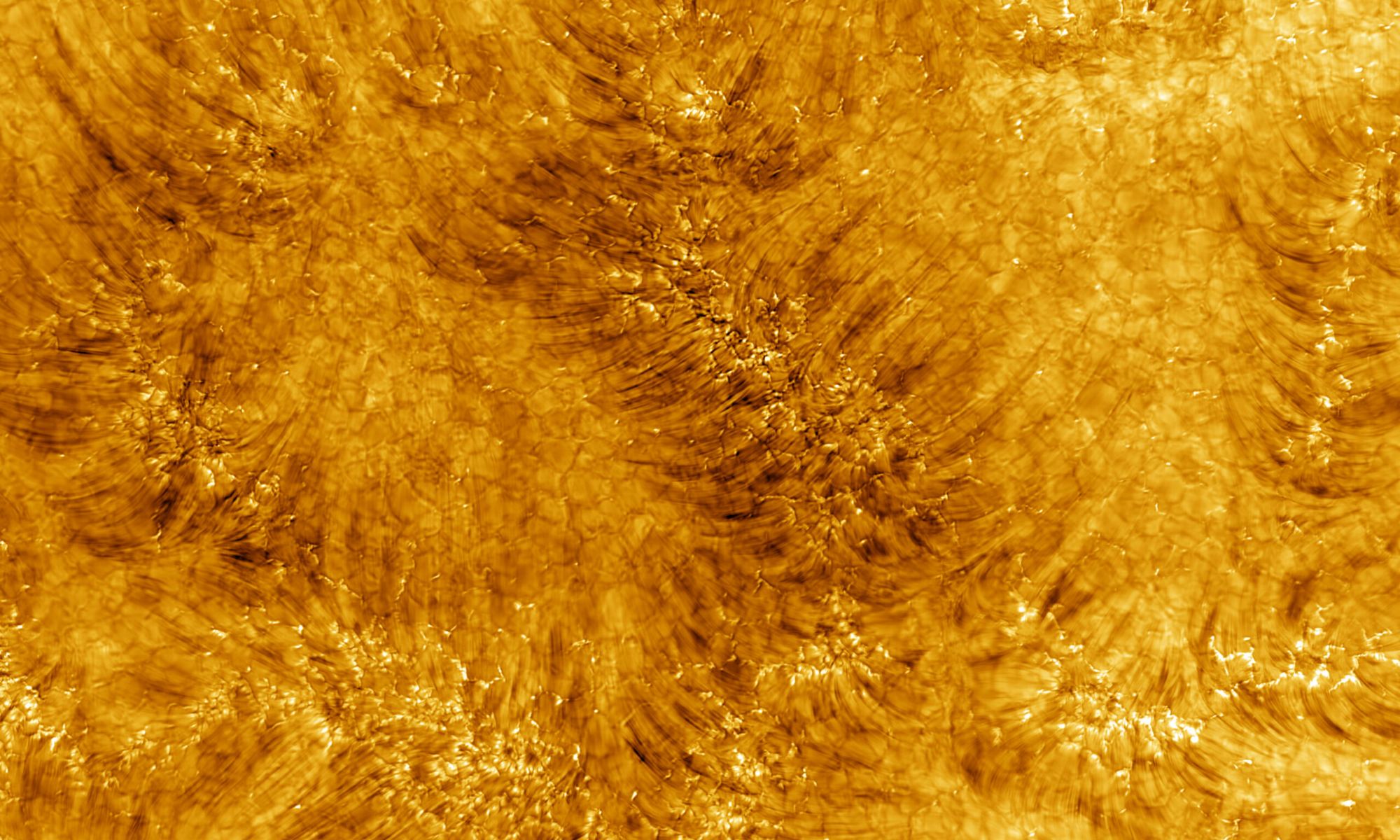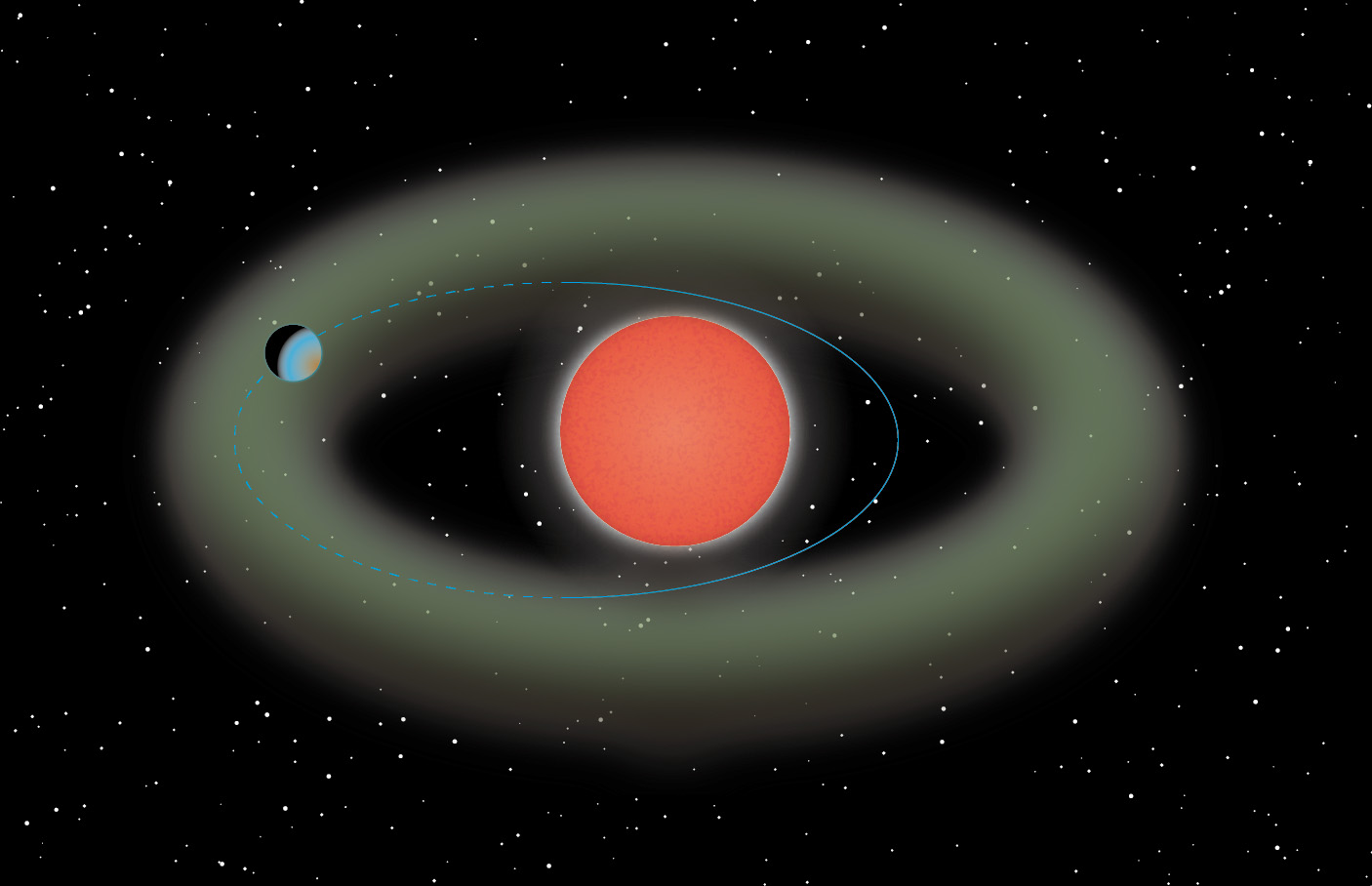The 8-meter Gemini North telescope has been brought back online after seven months of repairs and refurbishment of its primary mirror. The timing couldn’t have been better, as the telescope was able to capture the brand-new supernova in the famous Pinwheel Galaxy. The bright supernova was first discovered on May 19th, and telescopes worldwide have been revealing its secrets.
Continue reading “Gemini North Returns to Service Just in Time to See a New Supernova”Gemini North Returns to Service Just in Time to See a New Supernova
